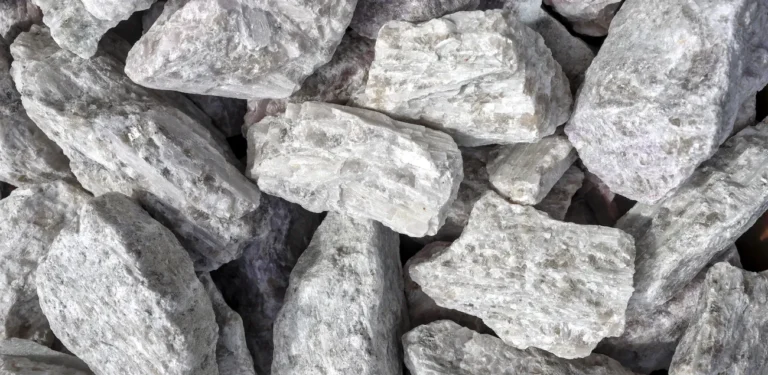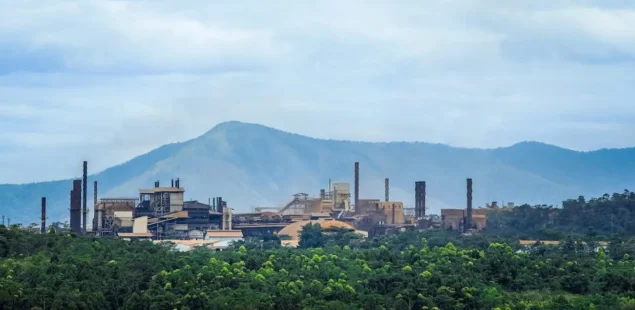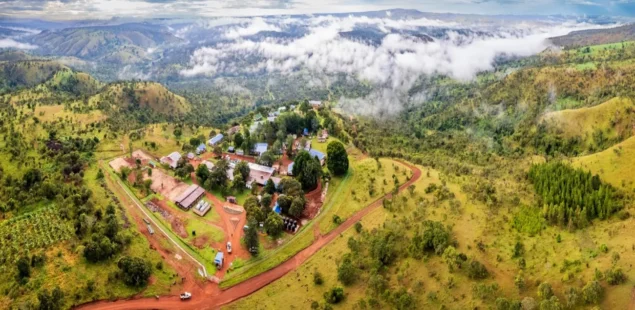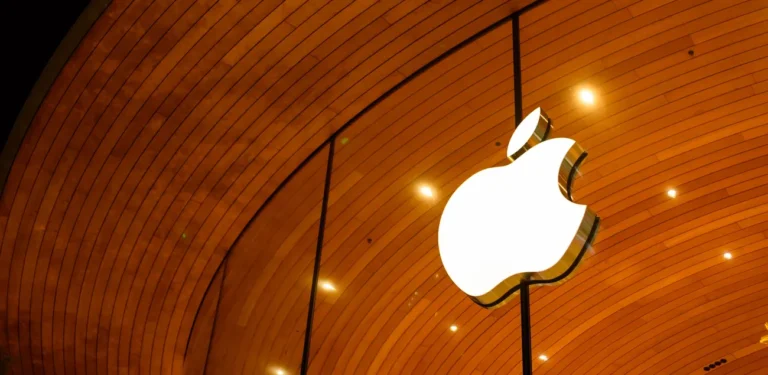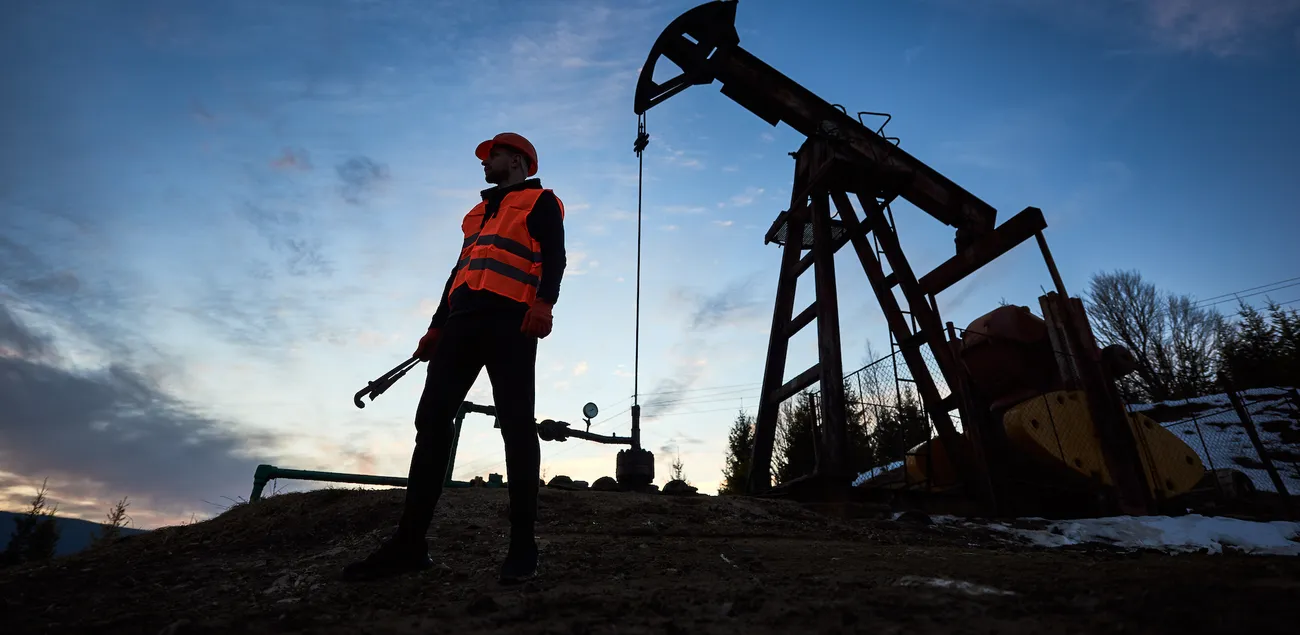
Pemex, Mexico’s state oil company, and LitioMx, the national lithium vehicle, have put lithium on the company’s 2025–2035 agenda, with Pemex evaluating direct lithium extraction (DLE) from brines encountered in hydrocarbon wells across five states and considering a new subsidiary, “Pemex Lithium,” to process output into carbonate or hydroxide. Chief executive Víctor Rodríguez said initial well data show lithium concentrations “comparable to Bolivia’s” brines; the move aligns with President Claudia Sheinbaum’s diversification plan and a government blueprint to give Pemex broader partnering latitude.
How ‘petrolithium’ would work
Pemex is assessing DLE technologies that selectively pull lithium ions from produced brines before reinjection, a route that leverages the firm’s subsurface and fluids-handling footprint and could avoid evaporation ponds. Candidate providers span ion-exchange and adsorption platforms piloted in the US and elsewhere, including projects in Arkansas’ Smackover and California’s Salton Sea. Recent pilots and supply MOUs by ExxonMobil and a JV between Occidental’s TerraLithium and BHE Renewables illustrate how oilfield infrastructure can shorten time to first tonnes if chemistry and costs cooperate.
Policy, permits and the role of LitioMx
Mexico nationalised lithium in 2022 and created LitioMx to steward the resource, but the Sheinbaum administration’s Pemex plan anticipates mixed-ownership structures and clearer roles for state companies and private contractors. A bill before Congress would ease Pemex’s ability to enter joint ventures, while the energy ministry’s long-term plan references lithium as part of a gradual transition. Any Pemex venture would still need to reconcile mineral tenure with LitioMx and establish environmental baselines for water use and reinjection.
Geology, inventory and Mexico’s starting point
Mexico’s lithium endowment is modest versus the “lithium triangle,” but mapped occurrences are widespread. USGS-cited figures point to about 1.7 million tonnes of identified resources and 82 known deposits across 18 states, with clusters in Sonora, Puebla and Oaxaca. Much of the country’s onshore inventory is clay-hosted—technically challenging and capital-intensive—so brine associated with oilfields could offer a distinct feed if concentrations and impurities prove manageable.
Industry context and peers
A growing roster of energy firms is entering lithium as a hedge on transport electrification. ExxonMobil began appraisal drilling for DLE in Arkansas and has produced pilot lithium carbonate; Occidental’s TerraLithium is advancing a JV with BHE Renewables to apply its DLE platform to geothermal brines. These examples underscore a potential model for Pemex: adapt hydrocarbon and power assets to battery-materials supply, while partnering on specialty chemical processing.
Risks, economics and environmental hurdles
DLE remains chemistry-specific and scale-up-intensive: resin or sorbent lifetimes, impurity rejection (Mg/Ca/boron), power intensity and reinjection performance drive costs. Mexico’s brines will need extensive piloting to prove stable recoveries and battery-grade quality. Governance is another swing factor: clarity on Pemex–LitioMx interfaces, water permits and community engagement will shape timelines. Analysts caution that Pemex’s lack of mining experience, clay-heavy geology in parts of Mexico and ESG scrutiny raise execution risk—even as state backing lowers financing barriers.
Company Background and Market Context
Pemex’s 2025–2035 plan sets targets to stabilise finances and broaden into higher-value lines, citing lithium alongside power and petrochemicals. The strategy envisions using state vehicles and new joint-venture channels, with Pemex Lithium proposed as a dedicated unit. Mexico’s energy leadership has framed the effort as resource sovereignty with pragmatic partnerships, signalling openness to private know-how under public stewardship.
Lithium underpins EV and storage batteries; prices fell sharply from 2022 peaks but have rebounded in recent weeks on Chinese supply disruptions. Fastmarkets assessed battery-grade lithium carbonate (CIF China, Japan & Korea) at about $8.95–$9.30/kg in early August, while spodumene (SC6, CIF China) was $820–$880/t, levels that still demand disciplined capex and low-cost flowsheets for greenfield projects.
